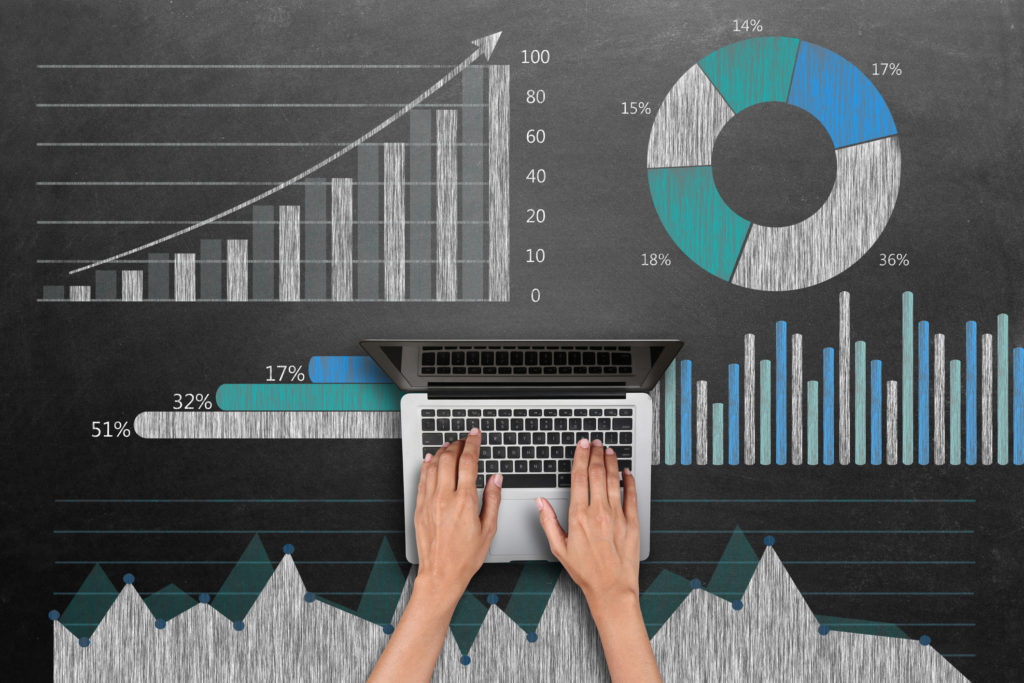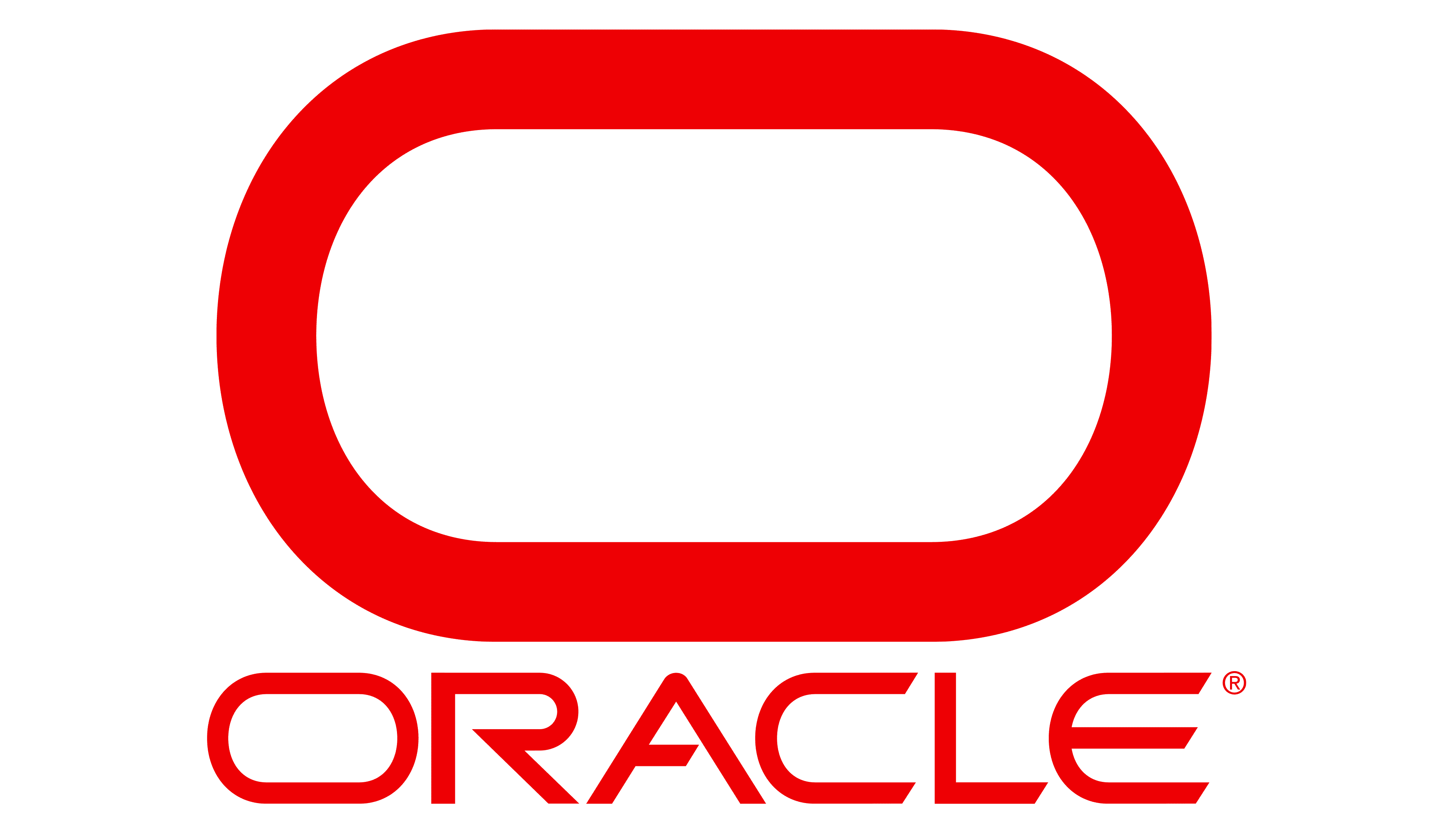Data analysis
01. What is data analysis?
Process and techniques of data analysis, evaluation, purification, modeling and conversion of data using various statistical or analytical tools to find some useful information for useful conclusions and empowerment of decision-making processes, such as data analysis Or data analysis is understood.
The main reason for data analysis is to extract critical information, so you have the right data to solve your problems and draw the most accurate results.

02. Benefits
improve decision making
More Effective Marketing
Better Customer Service
More Efficient Operations
03. What are Data analysis tools?
Refined data warehouse is a category of transaction processing systems that allows a series of reports to be generated continuously. In such a data warehouse, there will be no need for fixed transaction processing systems.
In fact, the data warehouse allows you to purify the data without changing the transaction systems. There are a number of data warehouses that allow you to make corrections to the data warehouse and send the correct feedback to the transaction systems. Sometimes such behaviors make more sense by changing the data.

In order to be based on a series of reporting rules as well as research on different data, data warehousing causes tangible acceleration. In the old days, when companies needed a series of reports based on different data, they had to extract each data separately and sort it out, but despite the data warehouse, such options are no longer available.Data can be collected in different ways and methods. The most important part of gathering information is the credibility and accuracy required.
Data can sometimes be vague or misleading. Such data should be deleted and the use of these resources should be avoided. Here is a list of some of the data sources.
1. observations
Viewing people is the key to a lot of information and data. The basic methods are observing, watching people, listening to them and deciphering the concepts of their actions and reactions.

This is a great way to gather maximum information, but it should be ethical. Privacy and security should not be compromised when doing so.
2. polls
Surveys include a set of questions used to understand data. These questions should be answered by the relevant people or the system under review.
The resulting answers work as a data set. This is a data set that can be further used for detailed data analysis.
3. interviews
This type of data collection tool is generally used to extract data from live sources – someone who needs interview data, whether one person or a group of people. The answers sought in this interview are the data needed. This data can be used for further processing.
04. FAQ
- Step 1: Define Your Goals. Before jumping into your data analysis, make sure to define a clear set of goals. …
- Step 2: Decide How to Measure Goals. Once you’ve defined your goals, you’ll need to decide how to measure them. …
- Step 3: Collect your Data. …
- Step 4: Analyze Your Data. …
- Step 5: Visualize & Interpret Results.
05. Partners





